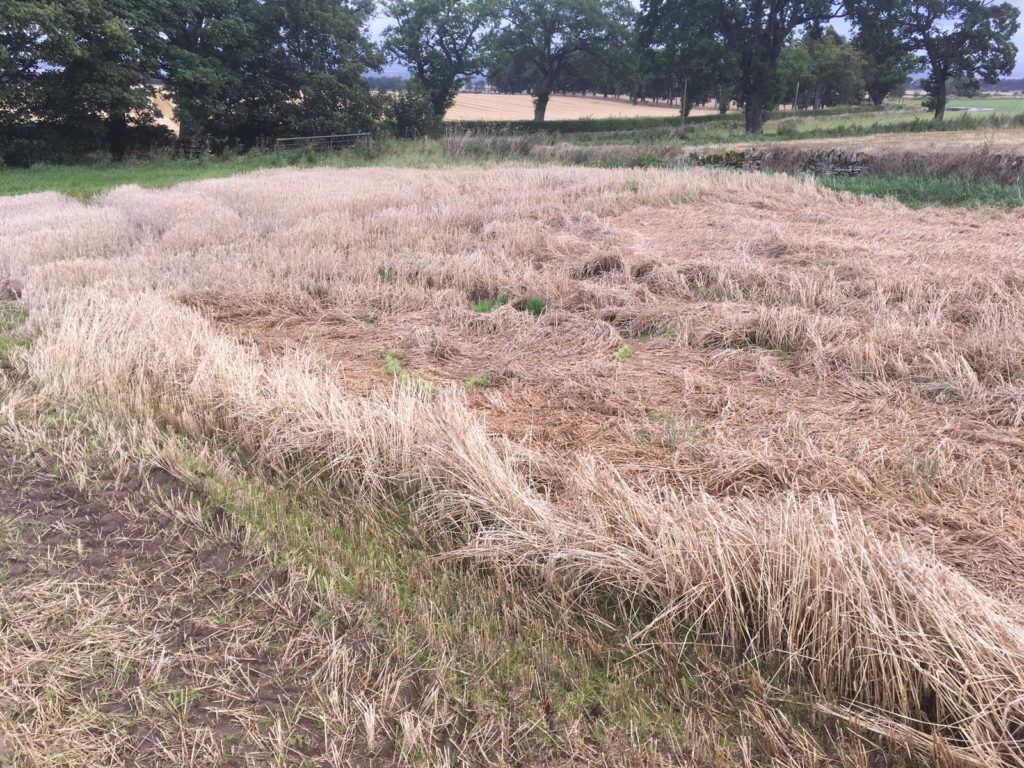Introducing Sheep to Barley Stubbles
10 September 2019The question has come up a few times lately, is it safe to put sheep on to barley stubbles? Barley stubbles can be a useful area to keep sheep for a period in the autumn/early winter to let grassland rest or buy more time outdoors, however there are many considerations to make. Firstly fields that have been freshly harvested may have grains spilled over the back of the combine. Check fields first for areas where grain is plentiful or spillages. If there are areas of spillages and sheep are not used to cereals there is a high risk of acidosis. This year with some crops going flat/wet areas there may be some standing crop or grains that have desiccated. Introducing sheep to the stubbles gradually is an option, by allowing them a couple of hours at a time until all the grains have disappeared, however this is time consuming and still carries a risk. It is better to wait a few weeks and once the grains have sprouted they will be much safer for the sheep. Allowing weed grasses to grow and spilled grains to sprout and regrow leaf will also provide feed for longer. Undersown fields do however benefit from being quickly grazed down then rested.
Which Sheep To Use
It is also worth considering what sheep you put onto the stubble. For example, finishing lambs will need more energy and a better diet than ranging on a stubble field will provide. Ewes or gimmers (avoid thin ewes) or longer keep lambs would be more suited. Keep an eye out for them running out of fresh material to eat if they are wandering excessively. If they have tidied up below hedges and margins it indicates time for a shift. Hill bred lambs don’t always recognise grass as a feed so will rake hedgerows initially putting pressure on fences. One way to get round this is to add a few ewes in to train the lambs to feed if needed.
Karen Stewart, karen.stewart@sac.co.uk
Sign up to the FAS newsletter
Receive updates on news, events and publications from Scotland’s Farm Advisory Service

